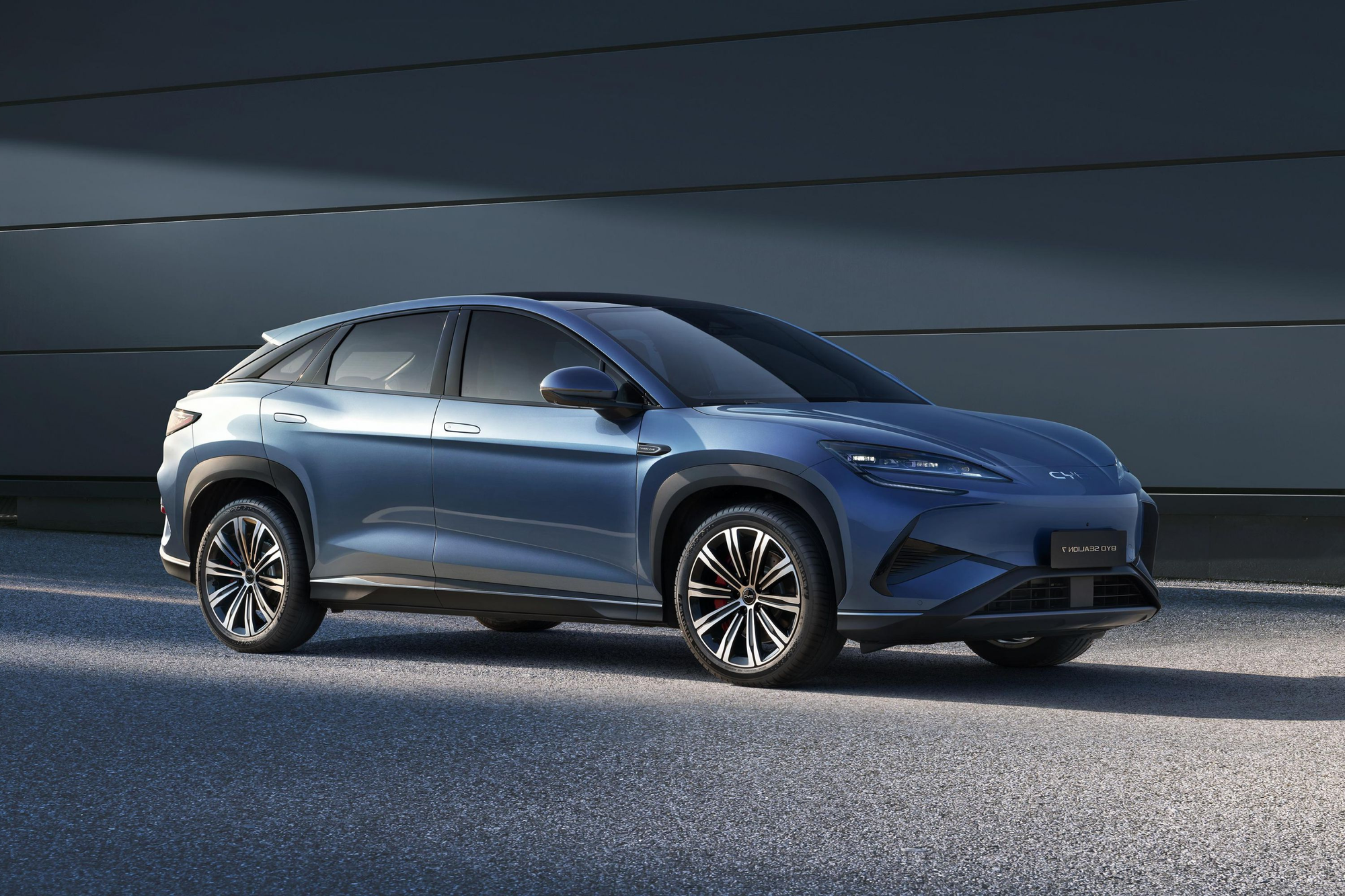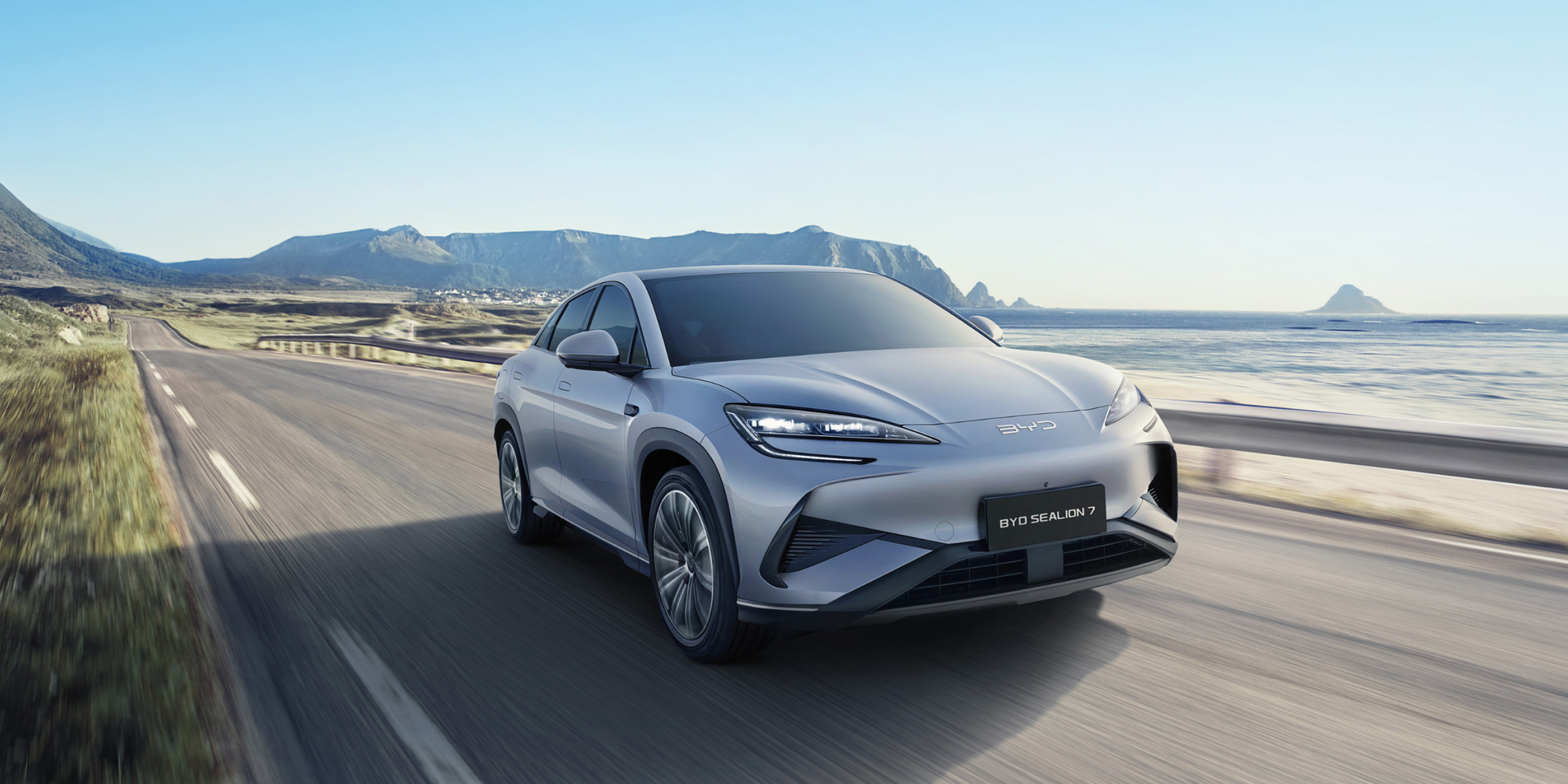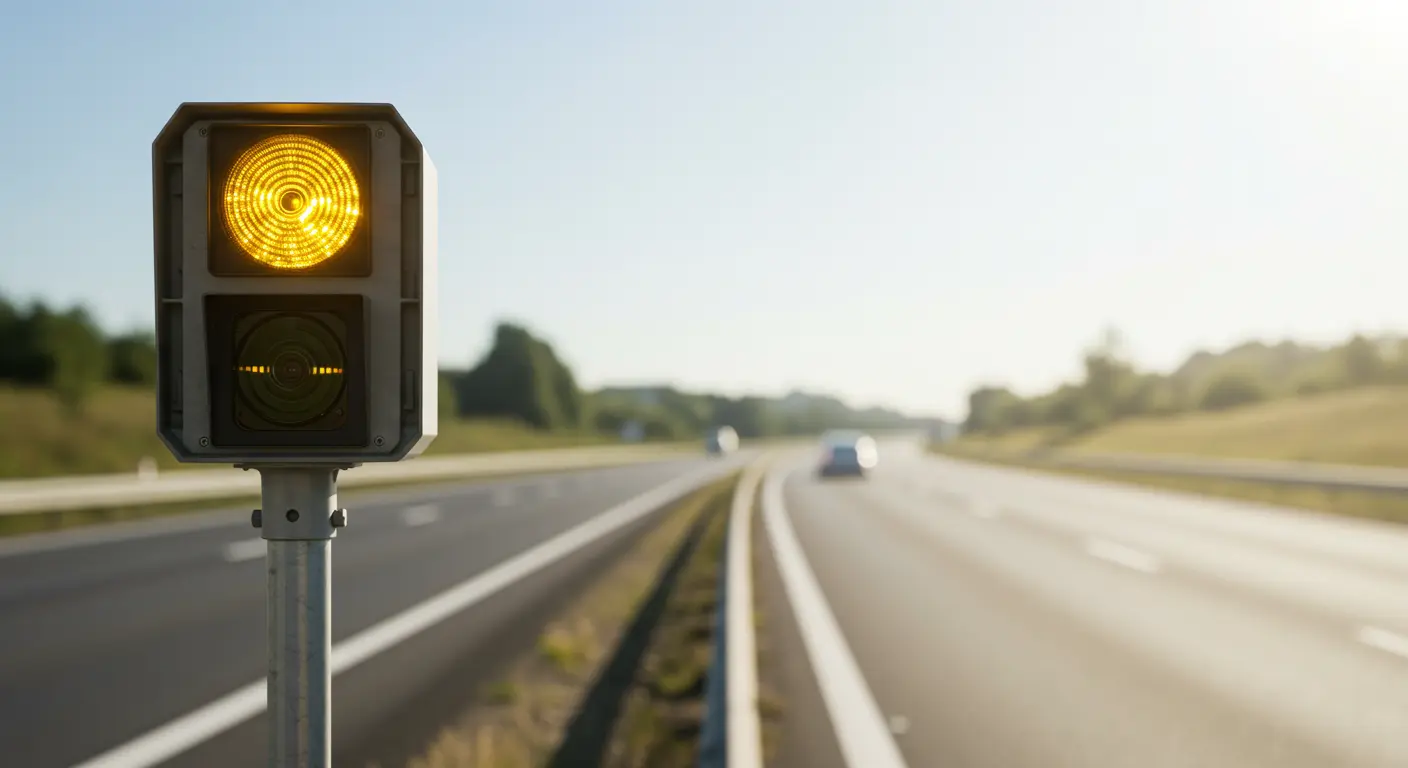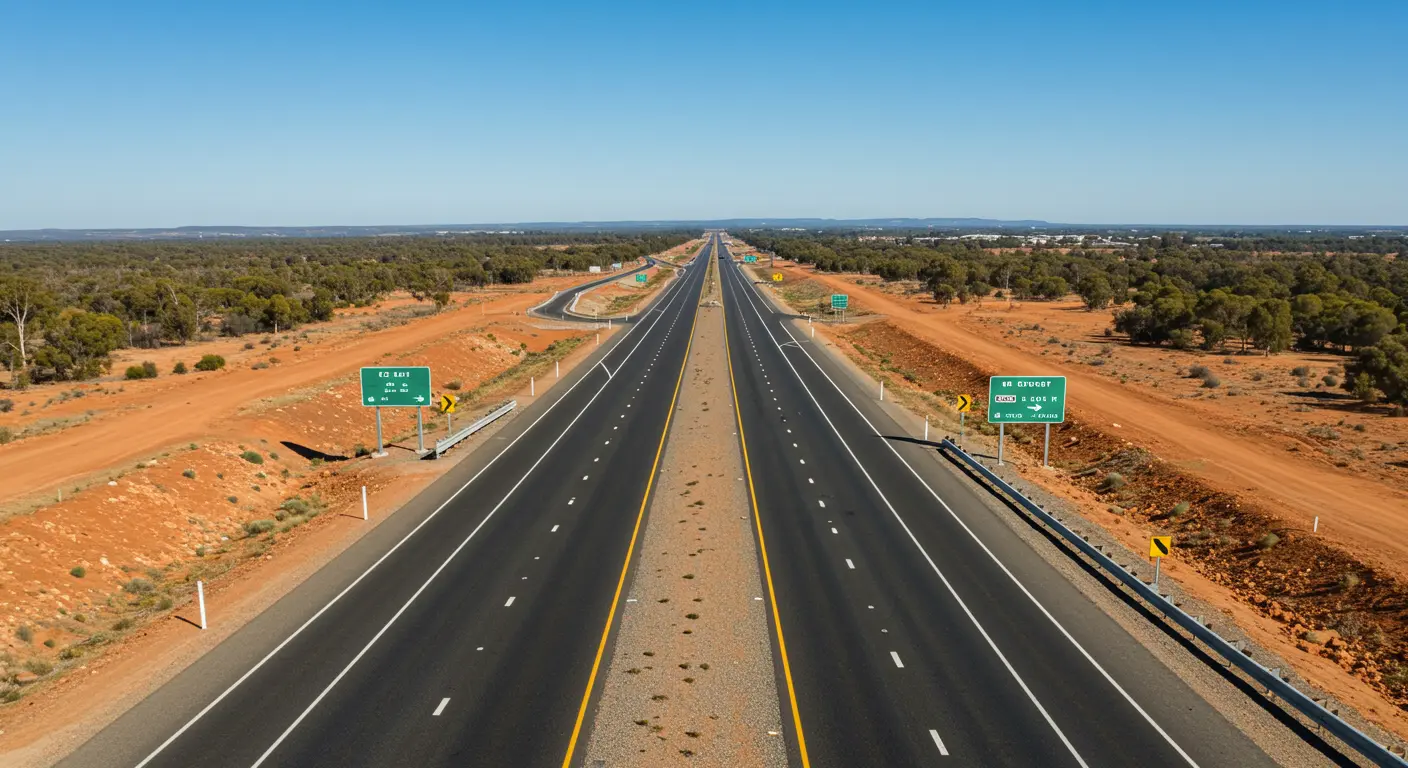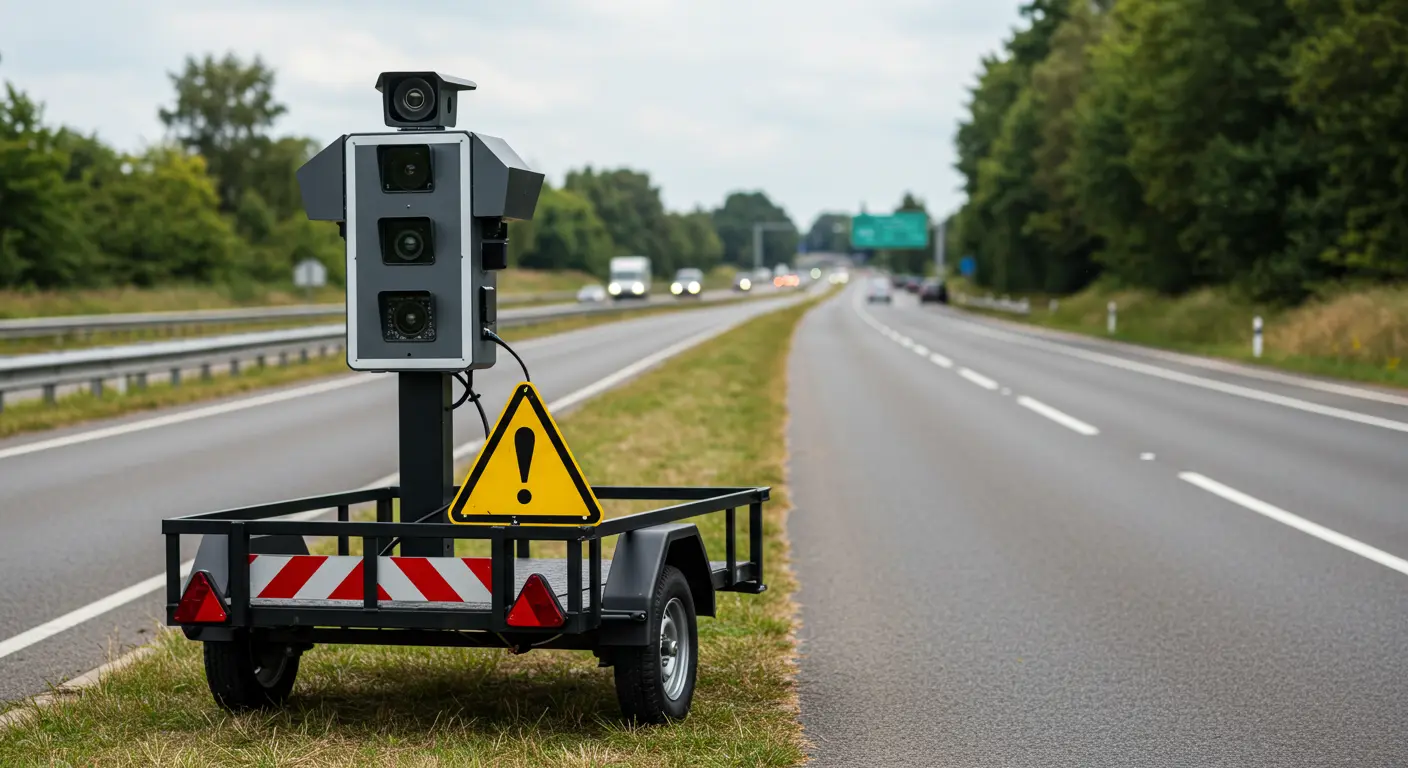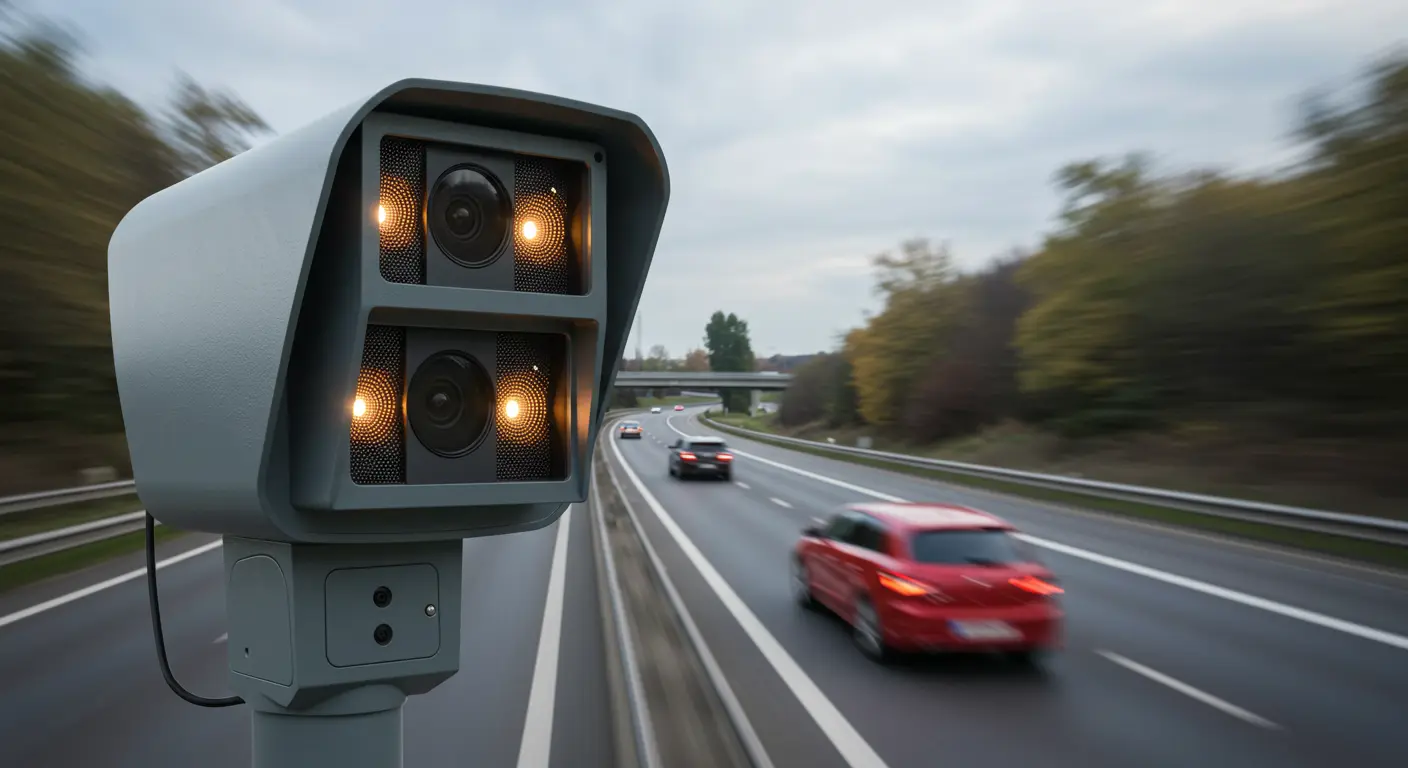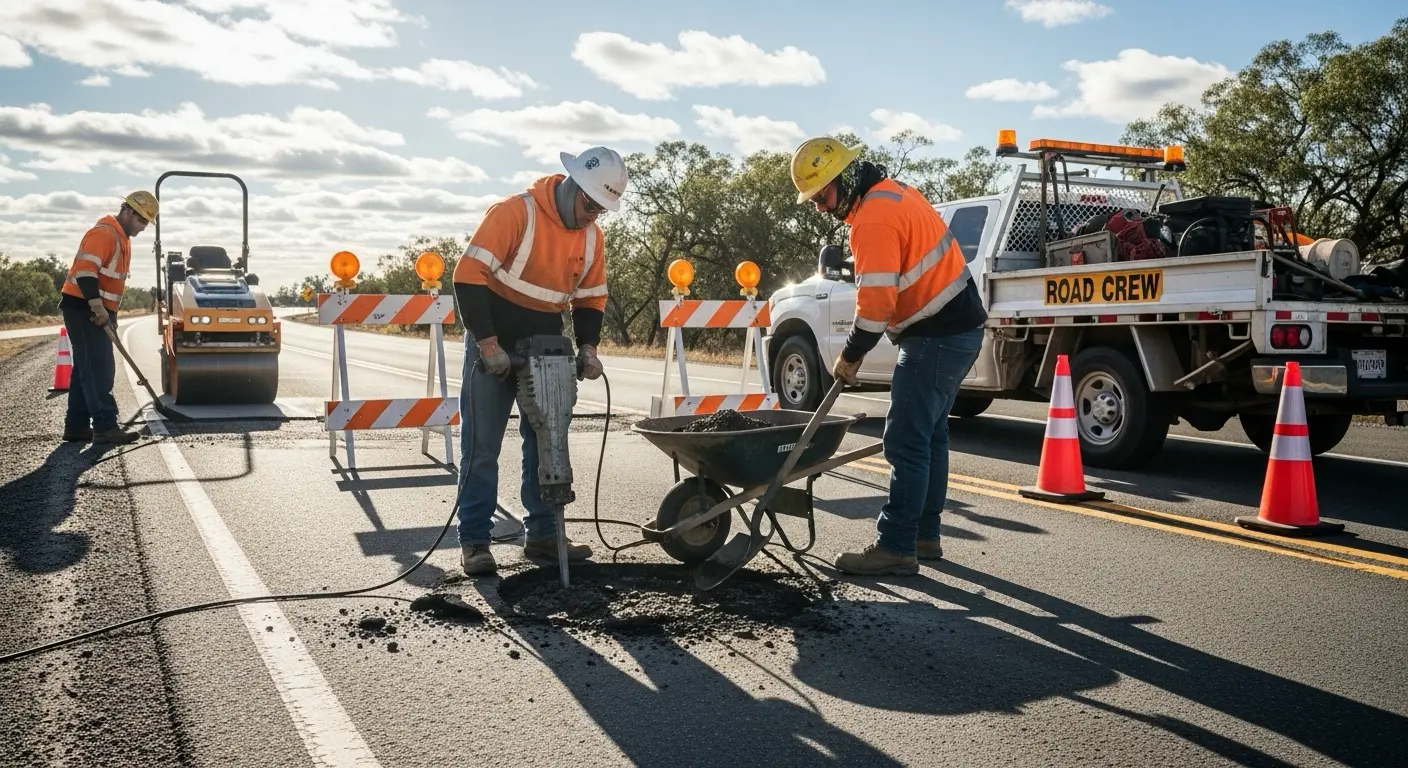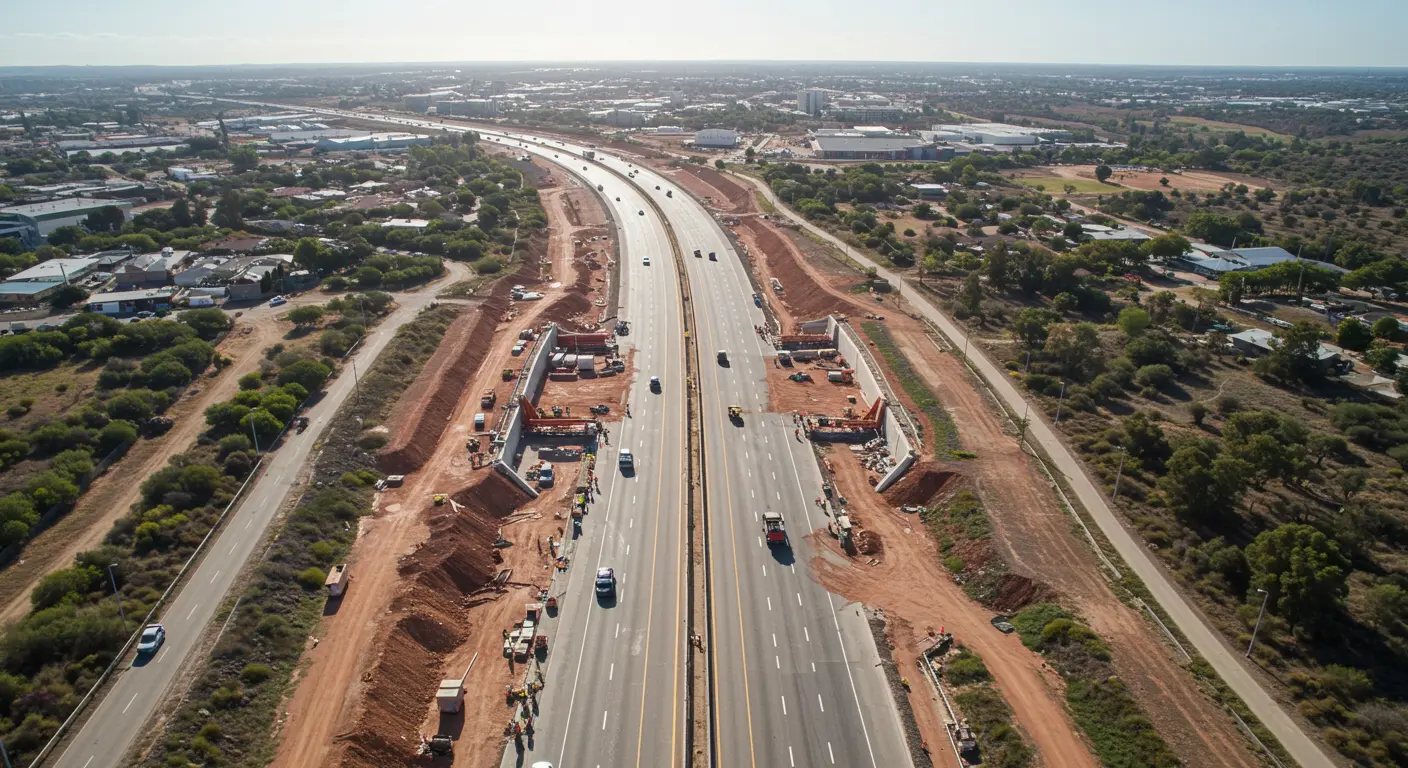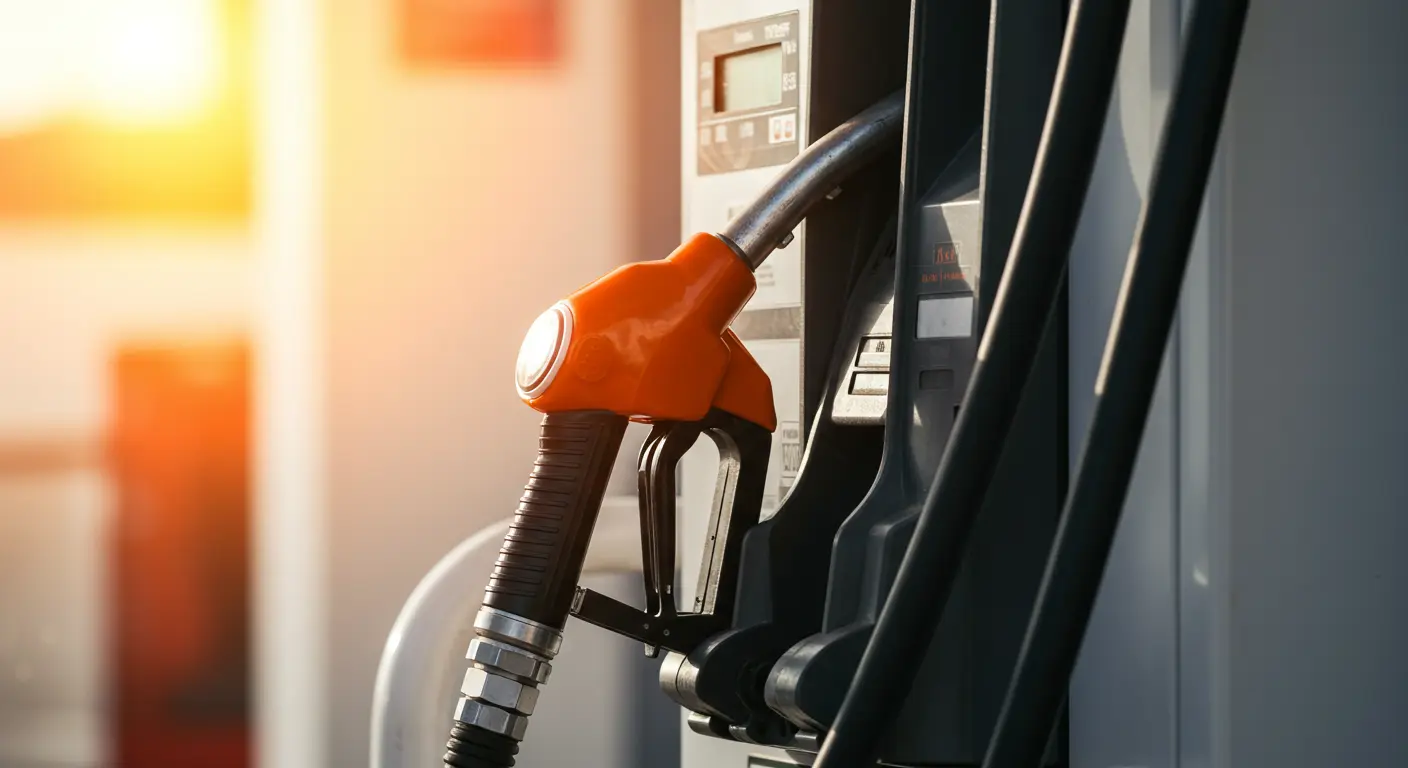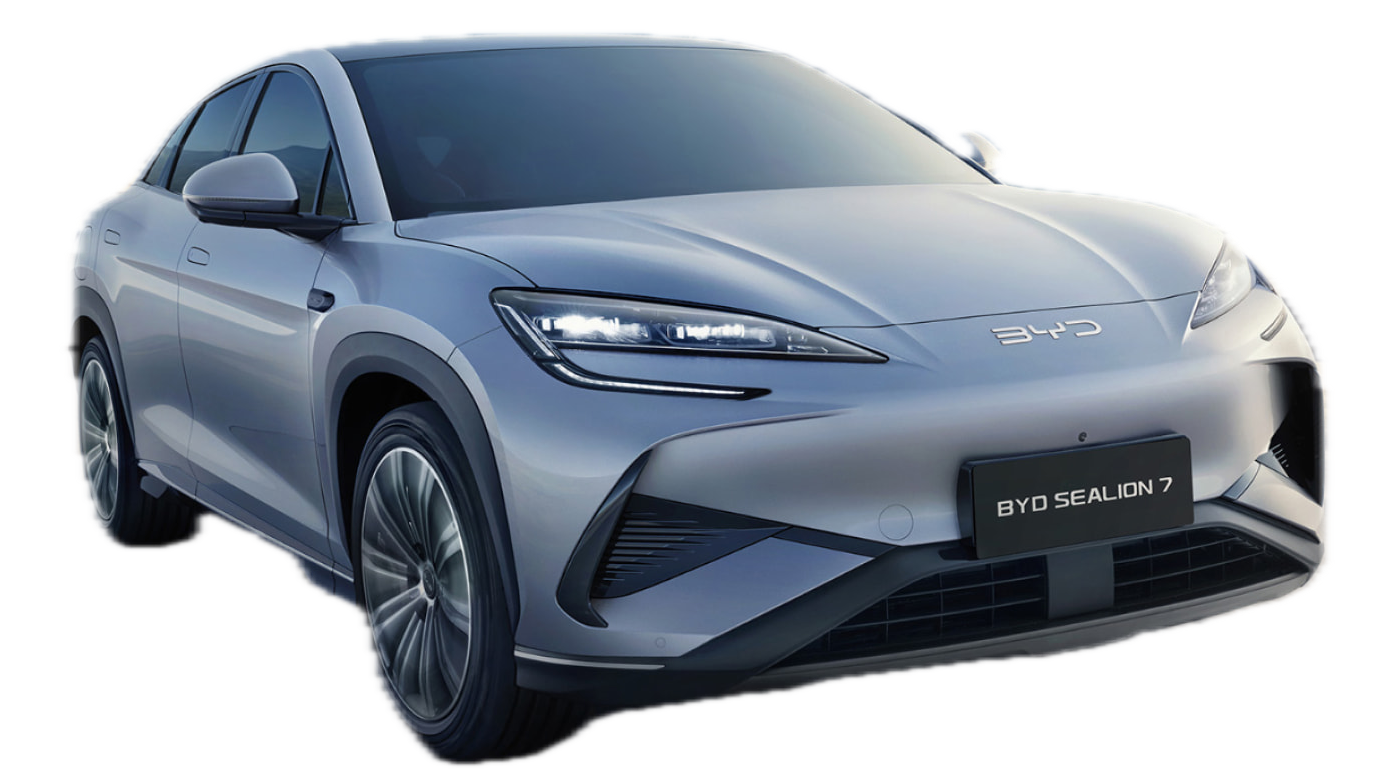
Summary
The 2025 BYD Sealion 7 is a fully electric mid-sized SUV designed to bridge the gap between everyday practicality and sporty style. Building on the success of BYD’s Sealion 6 (a PHEV), the Sealion 7 delivers sharper looks and a potent electric drivetrain with up to 390kW in dual-motor AWD form.
It’s generously spacious inside, especially in the rear seats, and features BYD’s now-familiar rotating 15.6-inch infotainment display and quick-responding interface.
Priced higher than the Sealion 6 and even the BYD Seal sedan, the Sealion 7 will need competitive local positioning to stand out against a rapidly expanding field of EV SUVs.
But with impressive claimed range, strong performance, and a roomy cabin, it’s an appealing prospect for those wanting a family-friendly and sleek electric SUV.
Pros & Cons
Pros
- Spacious, airy cabin with large panoramic roof
- Rapid acceleration and decent driving range
- Rotating infotainment screen with improved user interface
Cons
- Prices could be high relative to other BYD models
- Ride quality can be firm over bad surfaces
- Front sport seats may feel firm for some
Specs
- Body Style: Mid-sized coupe-style SUV
- Platform: BYD e-Platform 3.0 with Blade battery
- Launched: Globally late 2024, Australian arrival 2025
Engine Options:
- Single-motor RWD: ~230kW (82.5kWh battery)
- Dual-motor AWD: 390kW/690Nm (82.5kWh or 91.3kWh battery)
Pricing
(European prices, Australian TBA)
Pricing Information
Excludes on-road costs
BYD may revise pricing for Australia, as the existing Seal sedan and Sealion 6 PHEV undercut these figures significantly.
Use our Drive-Away Price Checker for real-time estimates based on location.
Want a deal on a new BYD Sealion 7?
Find me a dealInterior & Features
The Sealion 7 features a bright, tech-savvy cabin headlined by the trademark 15.6-inch rotating display, now powered by a snappier Qualcomm chipset. Wireless Apple CarPlay and Android Auto come standard, though you’ll need the screen in landscape mode to use them effectively.
Up front, the slightly firm sports seats are heated and ventilated (on higher trims), and a panoramic roof floods the interior with light, extending over the rear seats. Occupants in the back get generous headroom despite the sloping roofline, plus a 60:40-split bench that folds flat to expand the 520L boot to 1789L. BYD also adds a 58L front boot for smaller items or cables.
Engine & Fuel Economy
As an EV, there’s no conventional “fuel economy,” but BYD quotes official WLTP consumption figures of around 21.9kWh/100km for the Excellence AWD’s 91.3kWh battery, equating to a ~502km range. Real-world usage will vary, especially if you exploit the 390kW dual-motor’s rapid acceleration, but an average of 18–19kWh/100km is plausible in mixed driving, providing ~420km of real range.
The single-motor Comfort trim claims up to 482km from its 82.5kWh battery, while the Design AWD with the same battery is quoted at 456km. DC fast charging at up to 230kW helps replenish the battery from 30 to 80 per cent in under half an hour.
Image Gallery
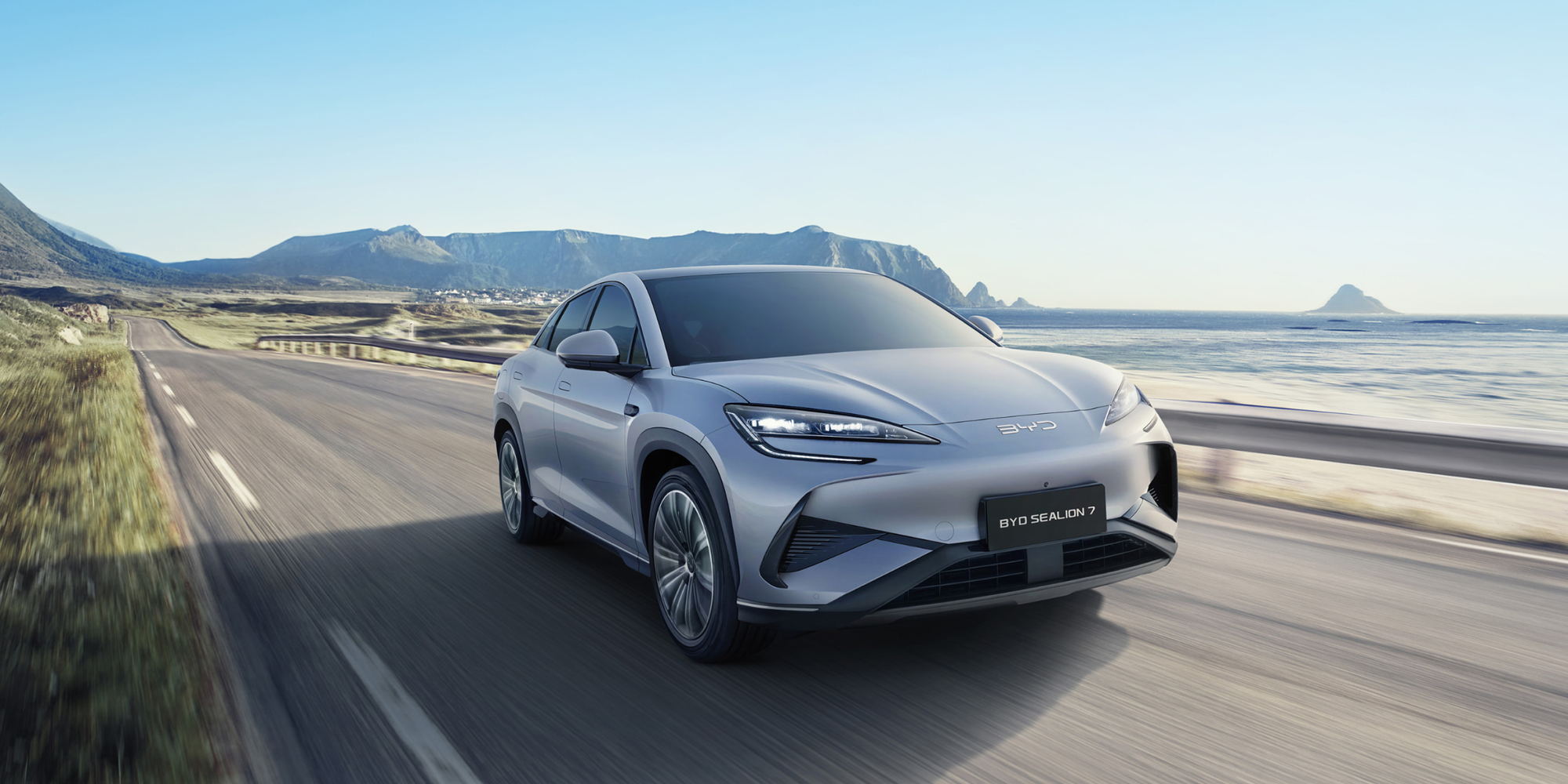
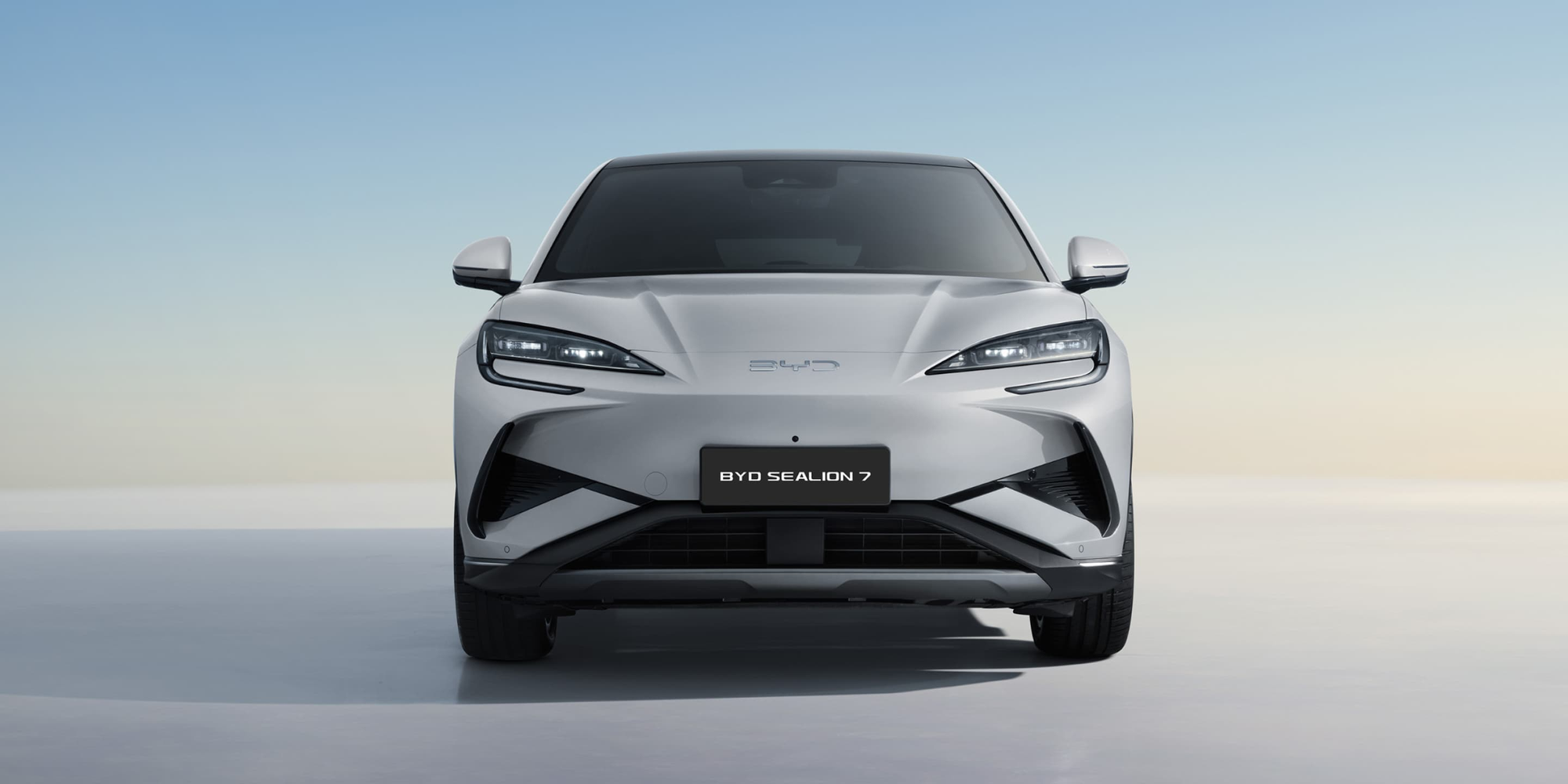
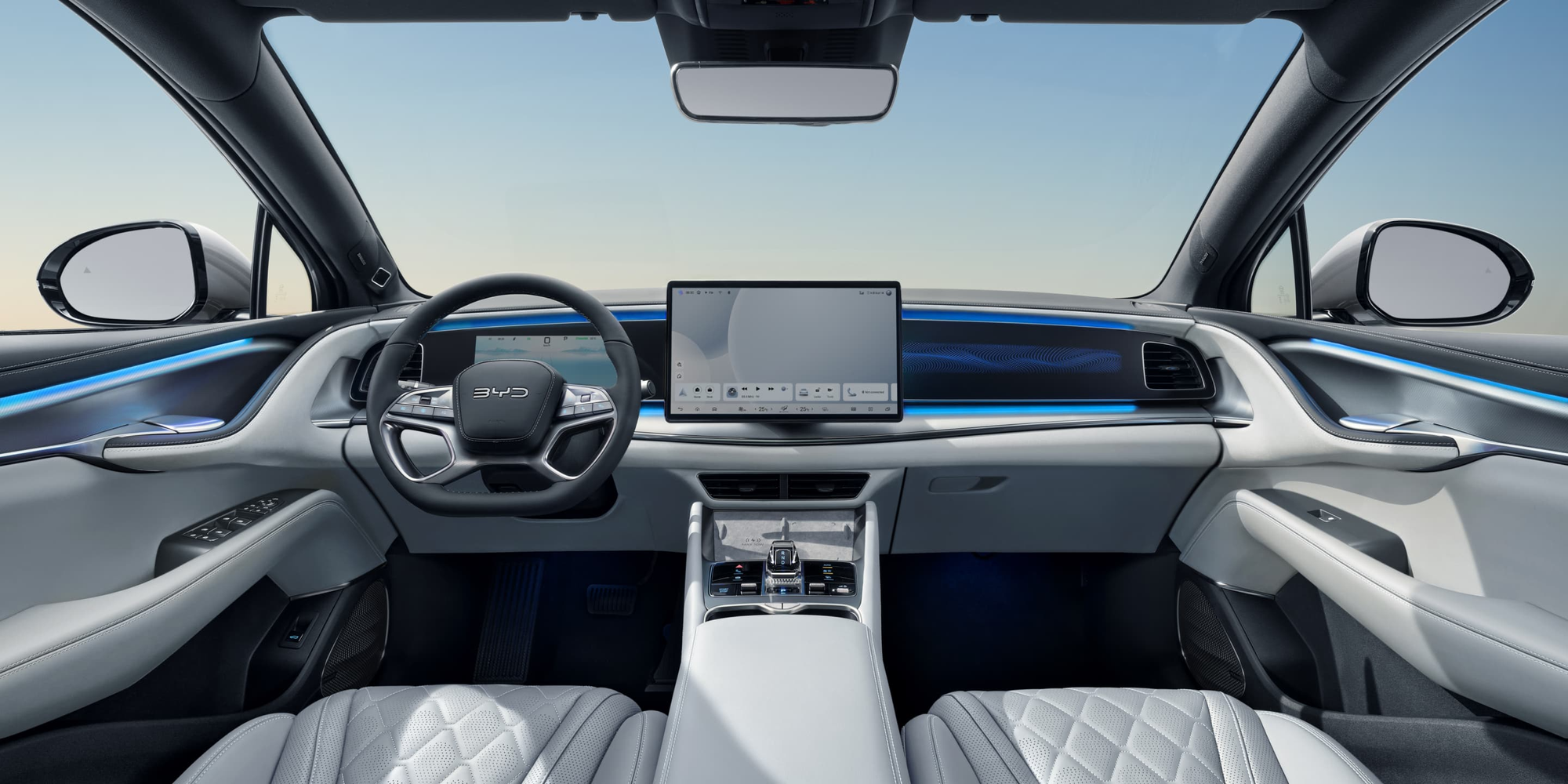
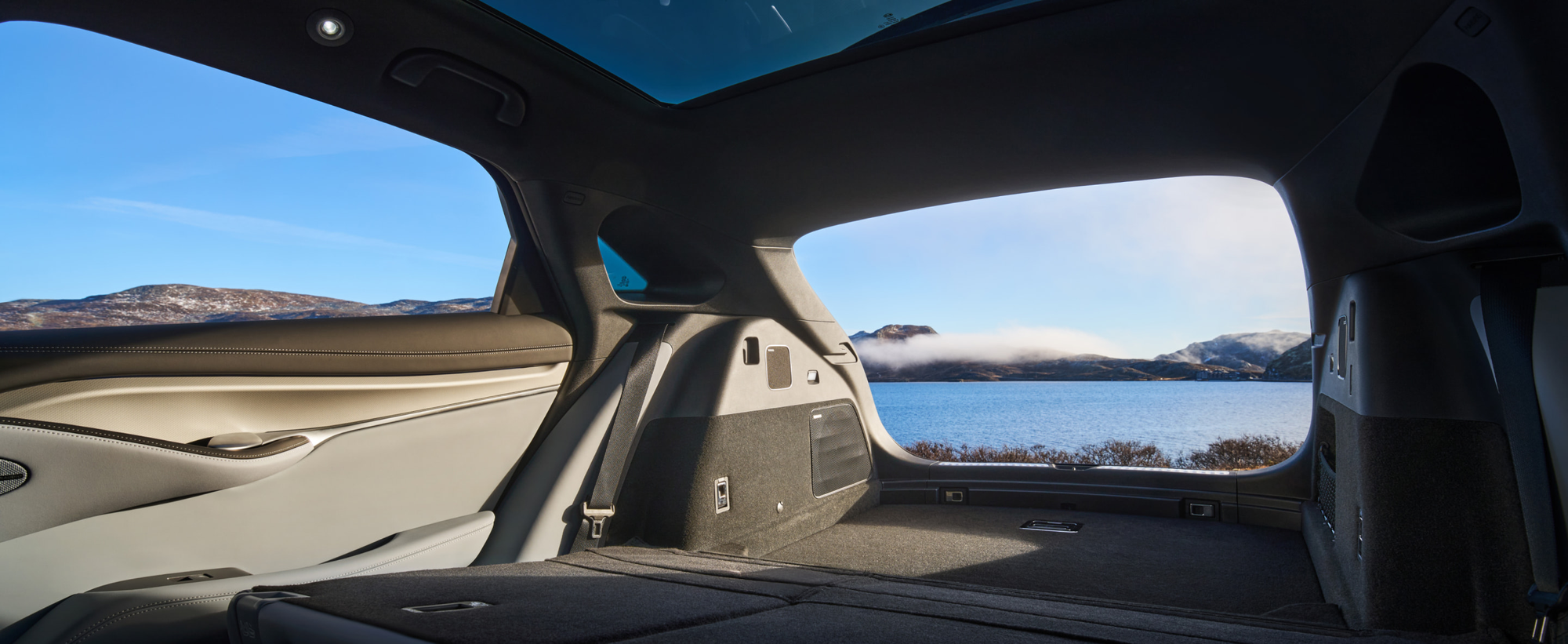
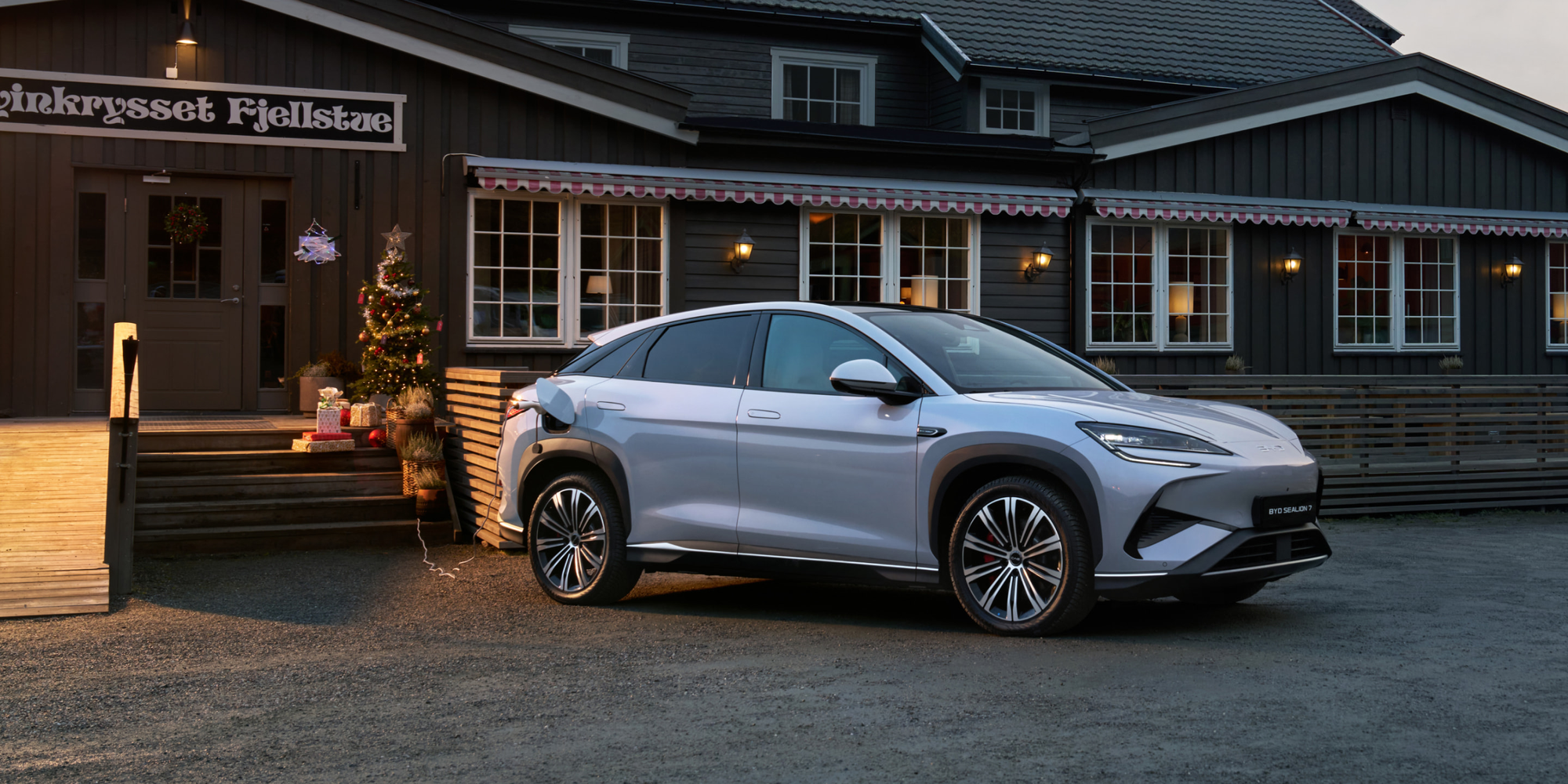
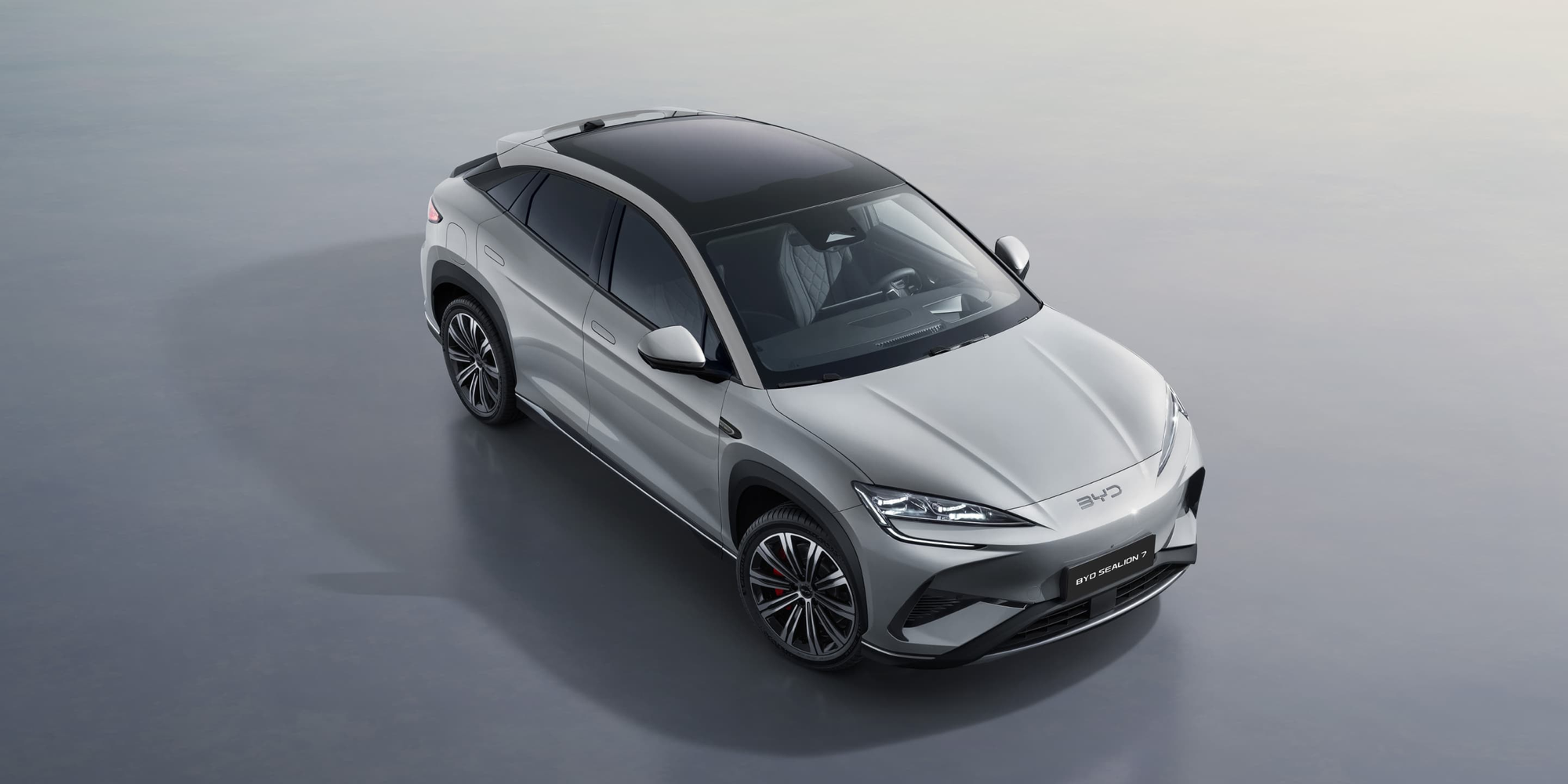
Expert Media Reviews
Score: n/a
"Very spacious inside, with strong performance and good standard equipment. The ride could be better, but overall it’s a good addition to BYD’s EV range."
Link: Read review
Score: 81/100
"An affordable Tesla Model Y rival that’s quick, comfortable, and loaded with tech. A strong EV contender if the local pricing is right."
Link: Read review
Missing your review? Add the review here.
Safety Rating
BYD hasn’t put the Sealion 7 through ANCAP or Euro NCAP yet, but shares e-Platform 3.0 fundamentals with other BYD models that scored solid five-star ratings (e.g. the Atto 3 in Euro NCAP).
Expect a robust safety suite including:
- AEB (forward and reverse)
- Lane departure warning and lane-keep assist
- Adaptive cruise control with stop-and-go
- Driver attention monitoring
- Safe exit warnings
As with other BYD vehicles, some driving assists (like lane keep) may default on at every start-up, so you’ll need to switch them off each time if you don’t like them.
Eco Rating
No official GreenNCAP rating is available for the BYD Sealion 7 at this time.
However, its EV credentials mean zero tailpipe emissions, and a real-world energy consumption of around 18–20kWh/100km places it in a competitive bracket for midsize electric SUVs.
Reliability Rating
BYD is still a relatively new brand globally, and in Australia owners have given mixed feedback. Current aggregated data for BYD vehicles stands at around 2.3/5 stars (56 reviews), with approximately 67% negative feedback focusing on software issues and early build QC.
Still, the Sealion 7 comes with a 6-year/150,000km vehicle warranty and an 8-year/200,000km battery warranty overseas (the Aussie battery coverage typically runs 8 years/160,000km).
BYD has had only one notable recall in Australia (Atto 3 in 2022).
Cost of Ownership
- Roadside Assistance: Typically, 1 year (Europe). Australian coverage TBC
- Capped-Price Servicing: Up to 132 months (11 years) or 220,000km
Being fully electric should deliver lower servicing costs than a combustion or PHEV equivalent, though official Australian service pricing remains to be confirmed.
Buy a 2025 BYD Sealion 7

If you're looking to buy a new or used BYD Sealion 7, CarExplore can help you find the perfect match.
Find your next car with CarExplore. Find out more
Conclusion
The 2025 BYD Sealion 7 marks another confident step by the Chinese automaker, targeting the fast-growing electric SUV market. Its blend of strong performance, spacious cabin, and big-battery range sits well alongside competitor offerings like the Tesla Model Y and Hyundai Ioniq 5.
With an improved infotainment system and refined cabin, the Sealion 7 is shaping up to be an attractive all-rounder—provided BYD can land it at a competitive price in Australia. If you’re after an EV SUV that doesn’t skimp on performance or practicality, keep this newcomer on your radar.
Grab a Deal
